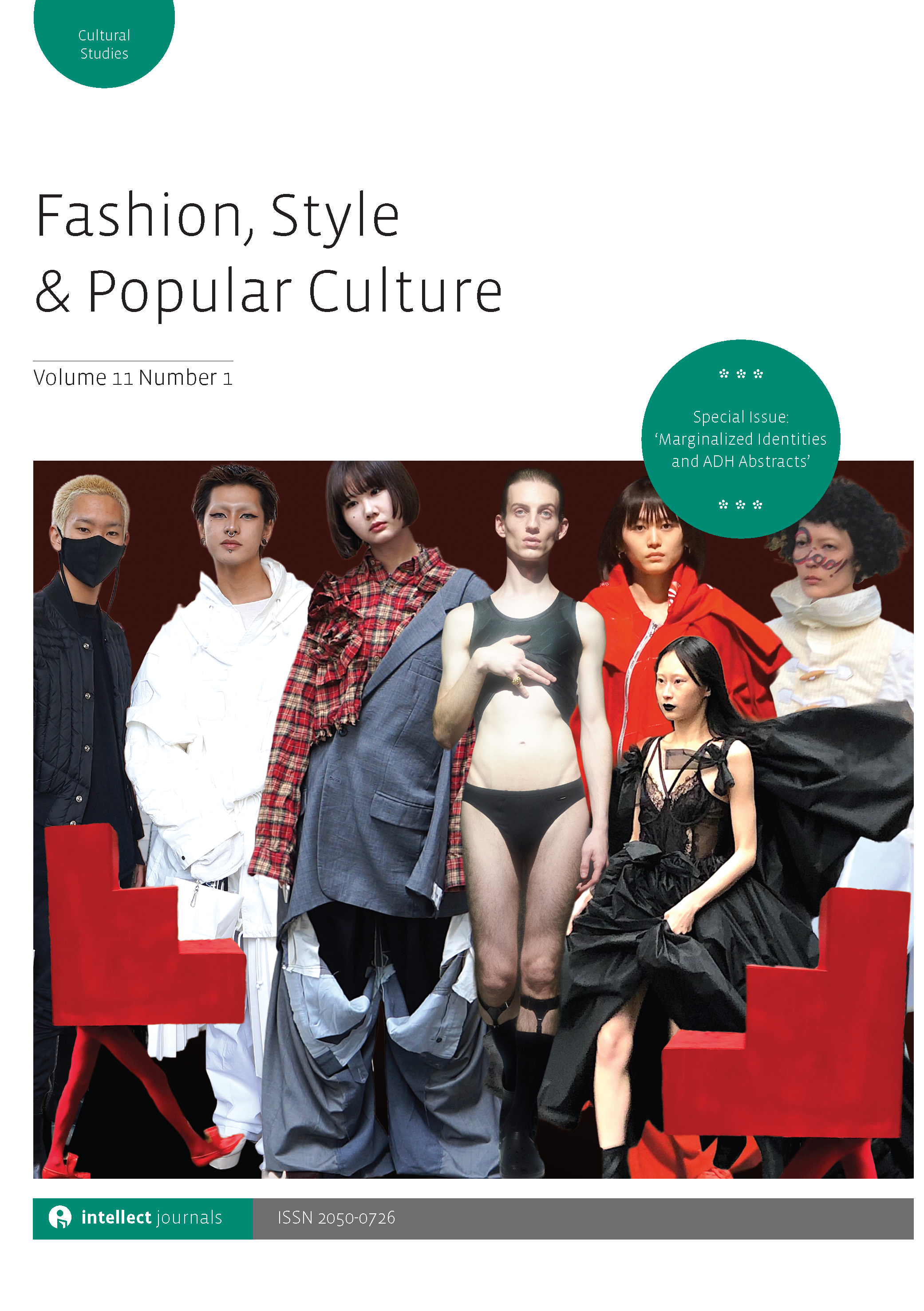
Full text loading...
 , Zachary Sheaffer1
, Zachary Sheaffer1
Wearable technology (WT) has emerged with substantial popularity. While several products are spreading successfully, some have been crushed by consumer disappointment. Nevertheless, with WT’s increased development, expanding into many and varied fields, research is lagging behind, as factors that influence the adoption of WT are not fully understood. Previous research on motivations to purchase WT has focused on a specific product. Ours is the first study to empirically analyse purchasing intentions of WT, dividing products into successful and unsuccessful in order to identify optimal WT parameters. Predicated on data gleaned from 300 respondents, Structural Equation Modelling (SEM) results indicate that utilitarianism (as mediator) positively enhances price consciousness’ effect on the motivation to purchase successful WT products. Likewise, we found that aesthetic design, utilitarianism and sensual stimulation positively affect the motivation to purchase successful WT, whereas window display negatively affects the motivation to purchase successful and unsuccessful WT. Additionally, sensual stimulation positively affects motivation to purchase unsuccessful WT. Store exterior and sensual stimulation have been found to impact purchasing of unsuccessful WT products. Managerial implications are discussed.

Article metrics loading...

Full text loading...
References


Data & Media loading...

Publication Date:
https://doi.org/10.1386/fspc_00156_1 Published content will be available immediately after check-out or when it is released in case of a pre-order. Please make sure to be logged in to see all available purchase options.